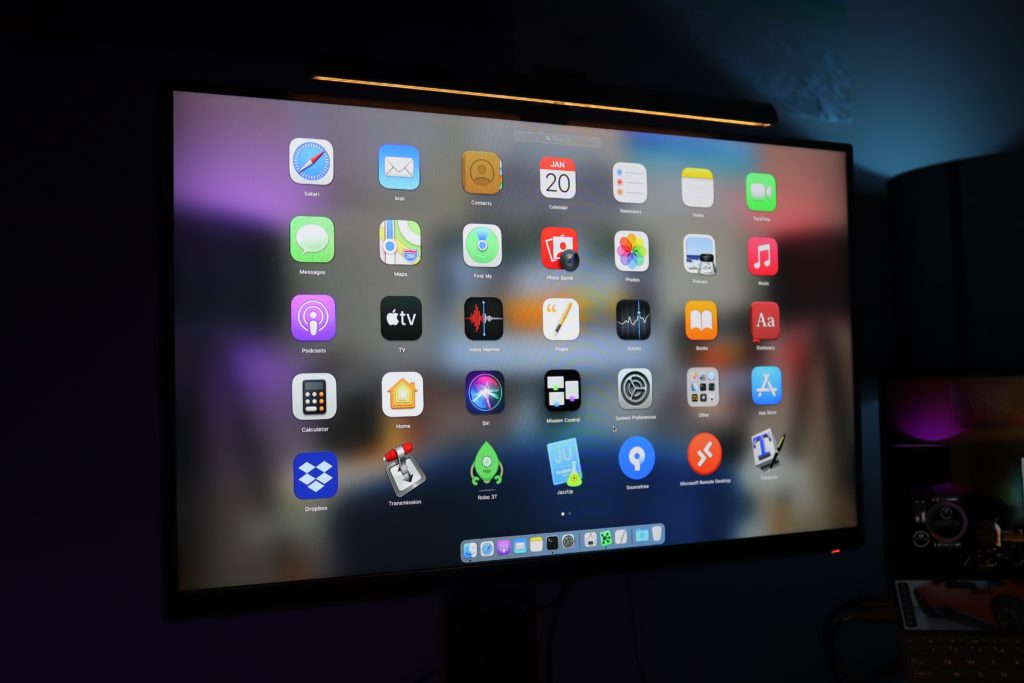
A question that regularly pops into the Technology Enhanced Learning (TEL) inbox is, ‘can I use this app?’ Assessing the educational potential of a new tool is a core part of the role of a Learning Technologist so this is a question we are very happy to answer. In this post I’m going to detail some of the things we look for when evaluating a new tool.
1. Suitability
The first and most important point to consider is, does this tool help you and your students to achieve the learning objectives? If the same objectives can be achieved more quickly and simply in another way, using this tool may not be the best approach.
2. Cost
The next thing we might look at is cost. TEL would usually steer you towards apps that are free as any cost would likely need to be met by your school. On the Technology Enhanced Learning (TEL) website we maintain an A-Z of apps and one of the criteria for this list is that the apps have a free version. They may have a tiered pricing model, so check if the feature you require is available in the free tier. It is also always worth checking with TEL that we don’t already have a tool provided centrally that would meet your requirements.
3. Accessibility
This is the practice of making sure students with disabilities are not disadvantaged. At Sussex around 20% of the student population have a registered disability and the majority of those may be hidden disabilities, such as specific learning differences or mental health conditions. If an app is not accessible you may be excluding a large proportion of your cohort so either avoid using it or make sure you also provide a comparable, accessible alternative for those for whom it doesn’t work.
For information on the accessibility of apps many providers supply information on their website. SearchBOX provides a crowd-sourced listing of accessibility statements for different apps. These can often be hard to interpret so do come to TEL if you have questions.
4. Usability
To a certain extent whether or not something is usable will be a personal judgement but don’t bet on students finding it easier to use than you do. If you want to introduce a tool once for a specific purpose, students need to be able to pick it up intuitively and quickly. If it’s something you intend to use throughout the term you may be able to accept a small learning curve. Either way, it is certainly worth working through things from both the facilitator and the student’s point of view as these can differ. Again TEL can support you here.
5. Privacy
GDPR is a familiar acronym for anyone storing data online. When using any online tool, we need to be sure that students’ personal identifiable information is protected. This might include things such as images or videos of individuals, their names and emails. This is another good reason for using core university services, where the security and privacy of services have been approved. If you are unsure, see the University’s GDPR guidance.
6. Availability
A big strength of our University is its global reach. However, this can present its own challenges. Many websites and apps are not accessible to students in China or in embargoed countries. It is always worth making sure the app is available to all of your cohort. See our blog post on The Great Firewall of China for some tips.
7. Lifespan
Things frequently change with apps and online tools. Tools are dropped (a favourite practice of Google), terms and conditions change, and new costs are introduced. This is another reason we often first direct people towards the core services we have at Sussex. They can be relied upon to work for years to come. If the core services don’t meet your needs, it’s worth doing a quick web search to check there aren’t any press releases informing of imminent changes.
8. Learning Tools Interoperability (LTI)
Finally one of the strengths of our particular learning management system, Canvas, is its support for the Learning Tools Interoperability (LTI) standard. This provides a means for apps to work more seamlessly with Canvas, removing the requirement for additional logins and linking to the gradebook among the potential benefits. Many popular apps have an LTI. You can find a list of these apps in your module settings in the Canvas app center. Note, some LTIs may require a paid licence and an administrator to implement so do discuss with your School’s learning technologist.
If you are looking for a new tool to use in your teaching then hopefully these tips will help you to make an informed choice, or Sussex staff can contact tel@sussex.ac.uk and we’d be happy to discuss options.



[…] Canvas provides a core set of tools, however, they may not suit every activity so it is worth looking beyond them. Many external tools can be easily incorporated into your modules either via embedding in pages using the embed button, through Learning Tool integrations (LTIs) or simply by linking to them. If you have ideas for an activity but aren’t sure of the best tool for the job I’d recommend you contact TEL@sussex.ac.uk. If you’d rather look on your own, do check out our earlier post on identifying appropriate apps for teaching. […]